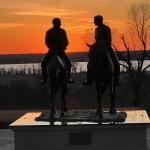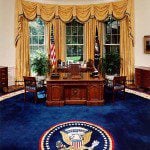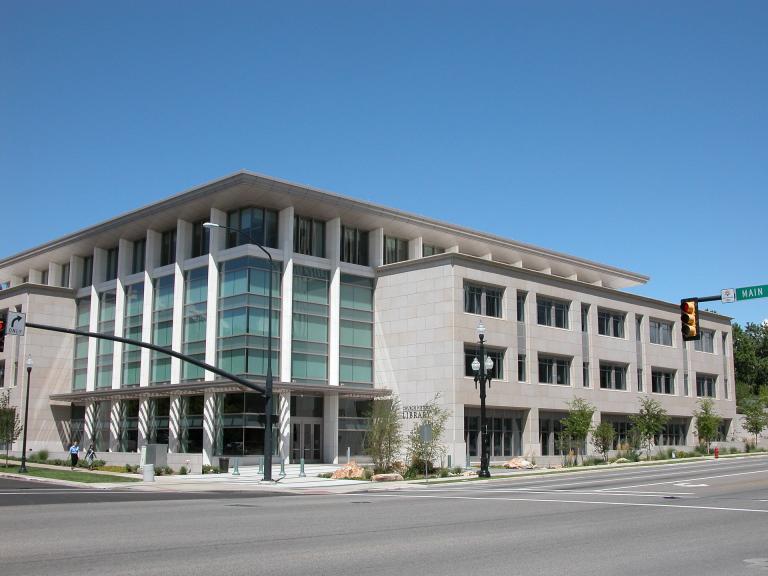
We conducted a very good series of lengthy and substantial interviews today at the Church History Library, which sits directly to the east of the Conference Center, directly to the northeast of Temple Square. The interviews, of course, are for the Interpreter Foundation’s forthcoming series of short video features, which are being produced under the title of Becoming Brigham.
Our first was with Matthew Godfrey, the Senior Managing Historian for Outreach and Engagement in the Church History Department of the Church of Jesus Christ of Latter-day Saints. He holds a PhD in American and public history from Washington State University. The focus was on the Missouri period of Latter-day Saint history, on “Zion’s Camp,” and the early calling of the Twelve.
Our second interview was with Brett Dowdle, who was a historian with the Joseph Smith Papers project and who continues to work in the Church History Department in Salt Lake City. He holds a BA and an MA in history from Brigham Young University and a PhD in American history from Texas Christian University.
Our third and last interview was with Brent Rogers, who is also a veteran of the Joseph Smith Papers project and who serves on the staff of the Church History Department. A specialist in nineteenth-century American history, he earned his doctorate from the University of Nebraska at Lincoln. This third interview concentrated largely on Brigham Young and the mission of the Twelve to England.

Newly up today on the website of the Interpreter Foundation: Interpreter Radio Show — April 27, 2025, including Doctrine and Covenants in Context — “That Which Is of God Is Light” covering D&C 49-50
For the 27 April 2025 episode of the Interpreter Radio Show, John Thompson and Martin Tanner hosted a special guest, Loren Spendlove, during the first hour. They discussed Loren’s recent article in Interpreter and the Come, Follow Me Doctrine & Covenants lesson for 19-25 May covering D&C 49 and 50. Their conversation was recorded and has been edited to remove commercial breaks. Now, we make it available for your listening pleasure, at your convenience..
The Interpreter Radio Show can be heard weekly on Sunday evenings, from 7 to 9 PM (MDT), on K-TALK, AM 1640. Or, alternatively, you can listen live on the Internet at ktalkmedia.com.
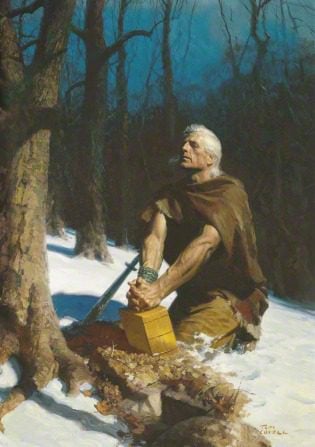
(Tom Lovell, LDS.org)
In a recent entry here (see “Book of Mormon Anachronisms?”), I called attention to the first installment of Matt Roper’s monograph-length treatment of a major category of arguments against the historical credibility of the Book of Mormon. I’ve been looking forward to this publication for quite some time now, and I hope that it will result in some serious discussion — and, perhaps, even some significant persuasion.
I noticed one strand of critical response almost immediately, however, that didn’t altogether surprise me but did nonetheless manage to disappoint.
Let me first point out that deciding whether or not an answer is a good one depends upon properly identifying the question that it purports to answer. For example, “four” is a very good answer to the question “What is the sum of two plus two?” But it’s a poor answer to the question “What is the value of pi?” Likewise, “Paris” is an excellent answer to the question “What is the capital of France?” but it’s not so good if it’s taken to answer the question “What is the capital of Japan?”
This should, of course, be painfully obvious. It’s utterly elementary.
Unfortunately, some of the initial critical responses to the first installment of Matt Roper’s work presume that he’s attempting to answer the question “What is the best evidence for the Book of Mormon?” But, clearly, he’s not. Rather, he’s offering an answer to the question “What is the current state of evidence regarding alleged anachronisms in the book?”
It often seems to me that some people try very, very hard not to understand what they’re reading. This, I’m afraid, is one of those cases.
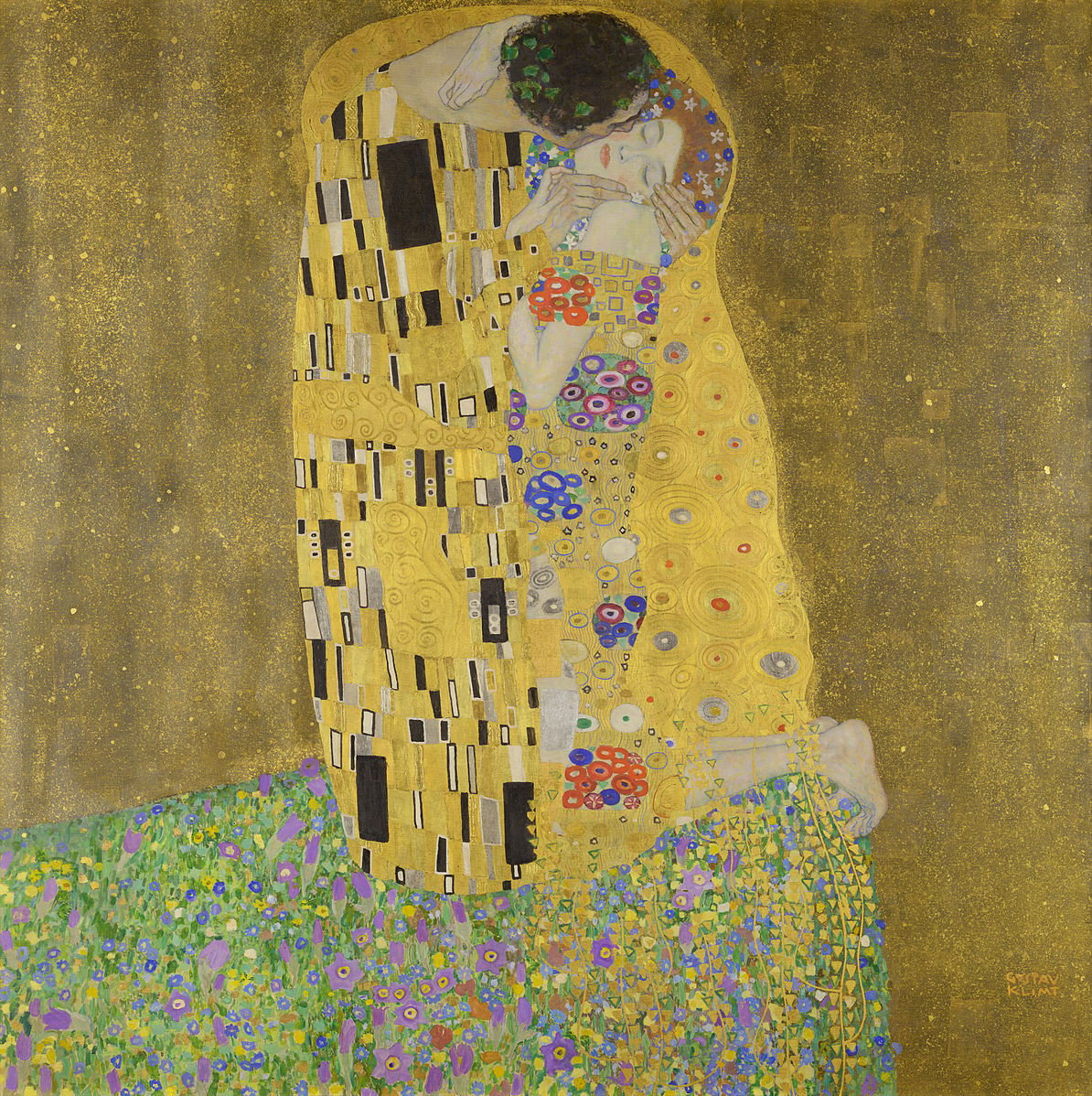
I’ve noticed recent claims online that the highly political work of the ardently pro-Trump Latter-day Saint painter Jon McNaughton reflects exceptionally passionate support among Latter-day Saints for Mr. Donald J. Trump.
I dunno. It’s possible, I suppose. I don’t, personally, own any work by Jon McNaughton. From where I’m sitting at the moment, I can see (among other things) an icon of the Holy Family from Bethlehem, a Turkish mosaic of the Tree of Life, and a wall-hanging designed by our close Egyptian friend Elhamy Naguib, but nothing by Jon McNaughton. In our main hallway, we have several prints of Norwegian landscapes by Nikolai Astrup and a framed copy of the Papyrus of Ani. There are a number of art objects hanging in our bedroom, including a large print (from the Österreichische Galerie Belvedere, in Vienna) of Gustav Klimt’s Der Kuss, of which we’re especially fond. But nothing by Jon McNaughton. And, to the best of my recollection — though I’m certainly open to correction on this point — I’ve never seen anything by Jon McNaughton in any Latter-day Saint home that I’ve visited. Not even, as one critic has suggested, hanging alongside images of Joseph Smith and President Nelson. I’ve seen works by Brian Kershisnik in Latter-day Saint homes. (We have one, too.) And works by Minerva Teichert and Jorge Cocco Santángelo. But nothing, thus far, by Jon McNaughton.
Obviously, many Latter-day Saints have supported Donald Trump — or, at least, have opposed Hillary Clinton and Joe Biden and Kamala Harris. (I opposed Kamala Harris, Joe Biden, and Hillary Clinton.) But are Latter-day Saints exceptionally devoted to Mr. Trump?
Here is a table of the percentage of the ballots cast by Utah voters for Republican presidential candidates in the past fourteen national elections, extending over fifty-two years. It should be readily apparent that the Republican figures for the three most recent presidential elections — the three elections in which Mr. Trump was the Republican Party’s nominee — are noticeably lower than all but two of the other eleven. And it’s notable that the two election years in which the Republican vote fell lowest in Utah are both years in which H. Ross Perot mounted unusually significant third-party candidacies that substantially cut into Utah’s Republican vote but plainly had less impact on the state’s Democratic turnout:
- 1972 (67.6%)
- 1976 (62.4%)
- 1980 (72.8%)
- 1984 (74.5%)
- 1988 (66.2%)
- 1992 (43.4%)
- 1996 (54.4%)
- 2000 (66.8%)
- 2004 (71.5%)
- 2008 (62.6%)
- 2012 (72.8%)
- 2016 (45.5%)
- 2020 (58.1%)
- 2024 (59.4%)
To me, while the data above clearly demonstrate Utah to be a reliably Republican state, they fail to suggest an exceptional Utah surge toward Mr. Trump in particular.
But, of course, such numbers offer only a rather crude approximation of Latter-day Saint attitudes toward Mr. Trump. The voters of Utah aren’t all Latter-day Saints, and most Latter-day Saints don’t live in Utah. In fact, most Latter-day Saints don’t even live in the United States. And yet, presumably, relatively few Latter-day Saints living in Brazil, the Democratic Republic of the Congo, Mexico, the United Kingdom, Tonga, or Peru voted for Mr. Trump.
We plainly need to confine our investigation to Latter-day Saints who are citizens of the United States. Perhaps there are better surveys to indicate an exceptional passion for Mr. Trump among Latter-day Saint voters. If so, I would like to see them.
A final observation: As is well known, a third-party presidential candidate also played a role in the 2016 election, which marked the first of Donald Trump’s Republican nominations. That candidate was Evan McMullin, and he garnered a substantial proportion of Utah’s presidential ballots. It is worthy of note that he is a Latter-day Saint, and that several of the most notable Republican opponents of Mr. Trump’s candidacy (e.g.. Senator Jeff Flake of Arizona and the 2012 Republican presidential nominee, Mitt Romney) were also Latter-day Saints. Moreover, in the 22 March 2016 Utah presidential caucus, the results were as follows:
- Ted Cruz (69.2%)
- John Kasich (16.8%)
- Donald J. Trump (14.0%)
It seems difficult to read such numbers and such opposition as representing a particular Latter-day Saint affinity for Mr. Trump.
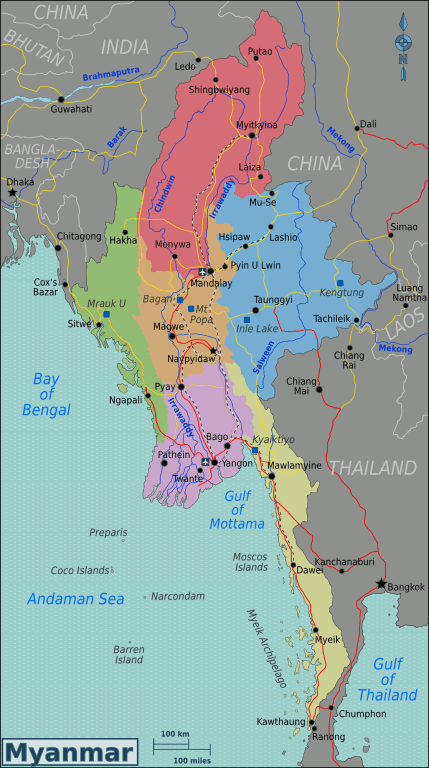
It’s time now, though, to brace yourself for yet another horror from the Christopher Hitchens Memorial “How Religion Poisons Everything” File™: “The Church of Jesus Christ Provides Earthquake Relief in Myanmar: Thousands of survivors remain displaced” How long must such outrages be tolerated?


